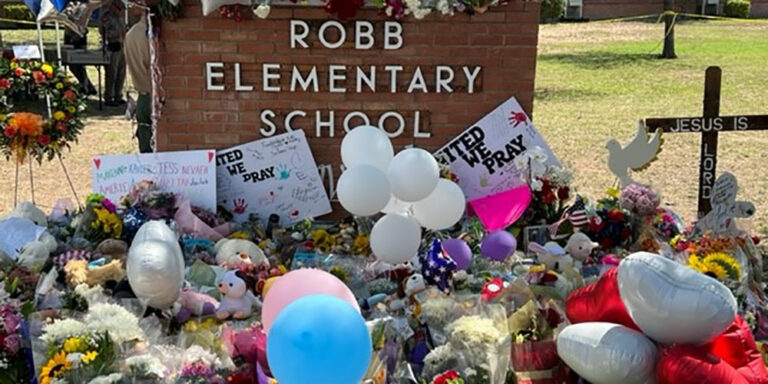
Article Archive by Year

When intentional acts of violence occur, people often wonder if the incident was preventable. For example, after a mass shooting killed 19 students and 2 teachers in Uvalde, Texas, on May 24, 2022, many were questioning the predictability of the gunman’s actions and the decision-making process of the responders. This
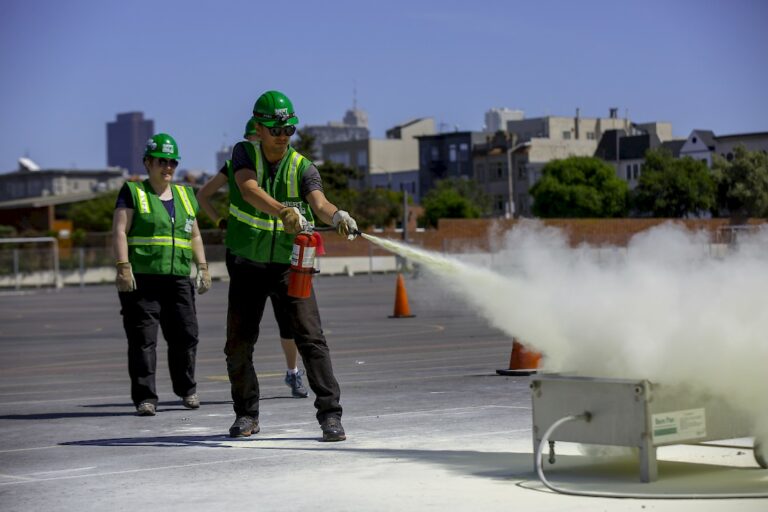
Credentialing a Nation’s Volunteer Responder Network
September 7, 2022
Catastrophic earthquakes and a desire for residents to help their neighbors inspired the creation of Community Emergency Response Teams (CERT). Since its creation in 1986, CERT has become a nationwide program that continues to evolve. This article describes how a new digital solution is closing the credentialing gap between citizen

Strategic Depth & the Fight Against Violent Extremism
September 7, 2022
Despite the deaths of Islamic State and al-Qaida leadership, violent extremism is not gone. This article describes why, despite recent successful strikes against terrorist groups, intelligence agencies and others tasked with protecting their communities must stay vigilant. More strategic depth is needed to help reduce the possibility of the extremist
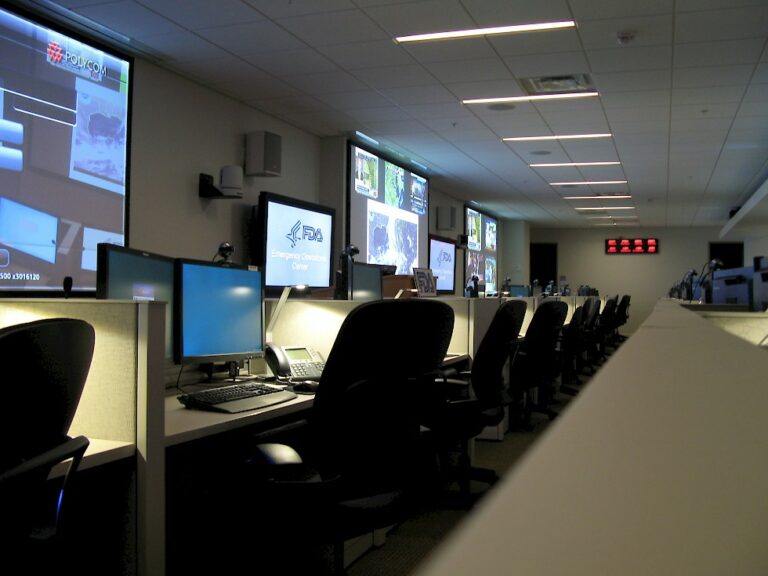
Successful Application – Virtual Emergency Operations Center
August 24, 2022
Before 2019, partner agencies coordinated incident command primarily from a physical emergency operations center (EOC). This practice shifted to virtual EOCs during the COVID-19 pandemic for many agencies. Virtual EOCs can effectively address community needs through all phases of consequence management. Emergency management and partner agencies have found virtual on-scene

How Natural Disasters Exacerbate Human Trafficking
August 24, 2022
Human trafficking is the world’s second-largest criminal industry. In the wake of natural disasters, the risk to vulnerable populations rises. This article informs preparedness and response professionals on how to better protect their communities and prepare their workforces to identify the signs of human trafficking, understand recruiting methods, consider pre-existing
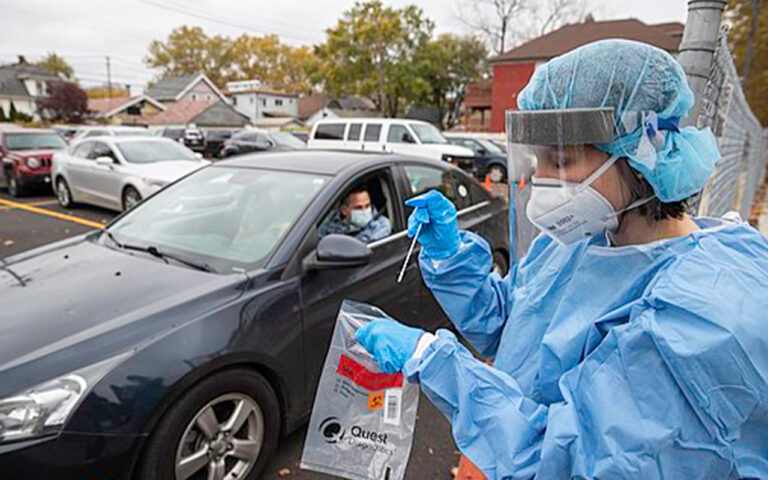
There Was a Pandemic Strategy and Plan
August 17, 2022
Effective trainings are ones where the participants remember and later implement what they learned into their daily operations. Not everyone knows how they would respond in a true emergency. However, some trainings provide a more realistic glimpse into disaster scenarios than others. This first-hand account describes what it was like

Reduce Burnout & Increase Retention in Emergency Management
August 10, 2022
In emergency management (EM), the landscape of incoming professionals is evolving from second-career professionals to first-career college graduated practitioners. This change spotlights the difference between management and leadership and its effects on the retention and burnout of professionals. EM professionals see growth in organizations, with “projected growth between 2016 and
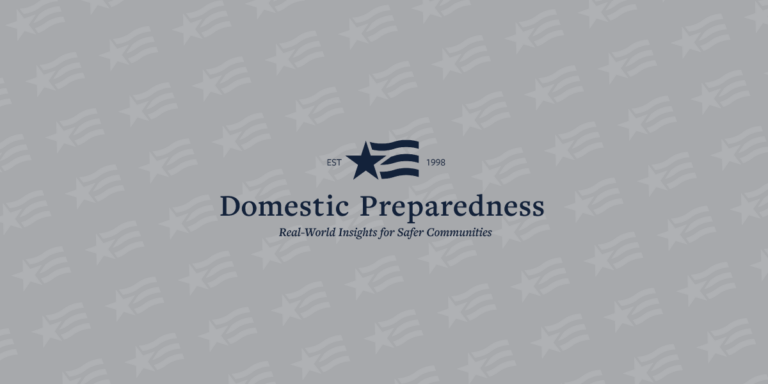
The Expanding Role of Tactical Medicine
August 10, 2022
Effective trainings are ones where the participants remember and later implement what they learned into their daily operations. Not everyone knows how they would respond in a true emergency. However, some trainings provide a more realistic glimpse into disaster scenarios than others. This first-hand account describes what it was like
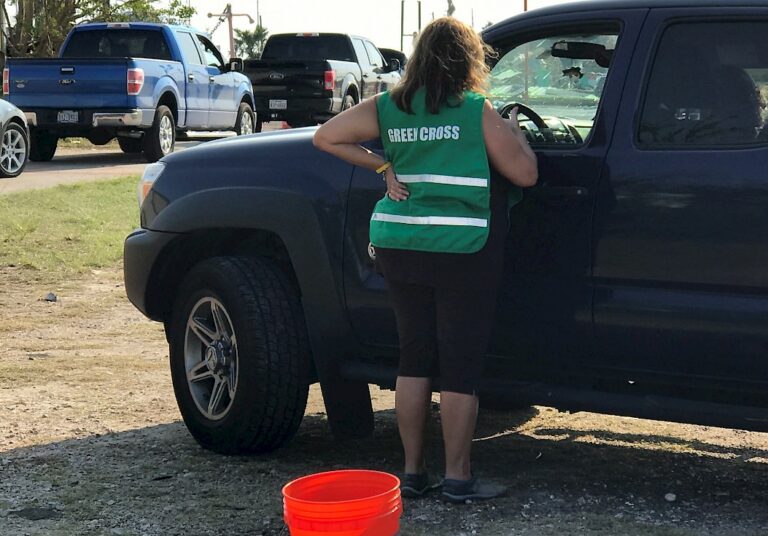
Wanted: Mental Health Support for Disaster Trauma
August 3, 2022
Disaster response organizations have become increasingly adept at meeting the basic needs of survivors, including shelter, food, water, and medical treatment. However, traumatic disaster-related experiences – including threats to life, exposure to death and injury, and the destruction of homes and communities – also take a psychological toll on survivors. Common responses to

Responding Respectfully to People With Disabilities
August 3, 2022
Police officers, firefighters, paramedics, emergency medical technicians, doctors, nurses, and others in emergency response roles are regularly tasked with responding to emergencies and disaster sites and communicating with various people who have been involved in or witnessed an incident. However, some research has shown that there is “a gap in first responders’
Uvalde Shooting – A Predictable Surprise
September 14, 2022
When intentional acts of violence occur, people often wonder if the incident was preventable. For example, after a mass shooting killed 19 students and 2 teachers in Uvalde, Texas, on May 24, 2022, many were questioning the predictability of the gunman’s actions and the decision-making process of the responders. This
Credentialing a Nation’s Volunteer Responder Network
September 7, 2022
Catastrophic earthquakes and a desire for residents to help their neighbors inspired the creation of Community Emergency Response Teams (CERT). Since its creation in 1986, CERT has become a nationwide program that continues to evolve. This article describes how a new digital solution is closing the credentialing gap between citizen
Strategic Depth & the Fight Against Violent Extremism
September 7, 2022
Despite the deaths of Islamic State and al-Qaida leadership, violent extremism is not gone. This article describes why, despite recent successful strikes against terrorist groups, intelligence agencies and others tasked with protecting their communities must stay vigilant. More strategic depth is needed to help reduce the possibility of the extremist
Successful Application – Virtual Emergency Operations Center
August 24, 2022
Before 2019, partner agencies coordinated incident command primarily from a physical emergency operations center (EOC). This practice shifted to virtual EOCs during the COVID-19 pandemic for many agencies. Virtual EOCs can effectively address community needs through all phases of consequence management. Emergency management and partner agencies have found virtual on-scene
How Natural Disasters Exacerbate Human Trafficking
August 24, 2022
Human trafficking is the world’s second-largest criminal industry. In the wake of natural disasters, the risk to vulnerable populations rises. This article informs preparedness and response professionals on how to better protect their communities and prepare their workforces to identify the signs of human trafficking, understand recruiting methods, consider pre-existing
There Was a Pandemic Strategy and Plan
August 17, 2022
Effective trainings are ones where the participants remember and later implement what they learned into their daily operations. Not everyone knows how they would respond in a true emergency. However, some trainings provide a more realistic glimpse into disaster scenarios than others. This first-hand account describes what it was like
Reduce Burnout & Increase Retention in Emergency Management
August 10, 2022
In emergency management (EM), the landscape of incoming professionals is evolving from second-career professionals to first-career college graduated practitioners. This change spotlights the difference between management and leadership and its effects on the retention and burnout of professionals. EM professionals see growth in organizations, with “projected growth between 2016 and
The Expanding Role of Tactical Medicine
August 10, 2022
Effective trainings are ones where the participants remember and later implement what they learned into their daily operations. Not everyone knows how they would respond in a true emergency. However, some trainings provide a more realistic glimpse into disaster scenarios than others. This first-hand account describes what it was like
Wanted: Mental Health Support for Disaster Trauma
August 3, 2022
Disaster response organizations have become increasingly adept at meeting the basic needs of survivors, including shelter, food, water, and medical treatment. However, traumatic disaster-related experiences – including threats to life, exposure to death and injury, and the destruction of homes and communities – also take a psychological toll on survivors. Common responses to
Responding Respectfully to People With Disabilities
August 3, 2022
Police officers, firefighters, paramedics, emergency medical technicians, doctors, nurses, and others in emergency response roles are regularly tasked with responding to emergencies and disaster sites and communicating with various people who have been involved in or witnessed an incident. However, some research has shown that there is “a gap in first responders’
Follow Us
Get Instant Access
Subscribe today to Domestic Preparedness and get real-world insights for safer communities.
ARchives
Article Out Loud – Not All Preparedness Grants Are Identical
January 10, 2023
A distinguished national officer of the International Association of Emergency Managers provides a short but concise list of helpful recommendations that grant-seekers at all levels of government, and in the private sector, might be well advised to follow in preparing, reviewing, submitting, and following up on their own grant applications.
Article Out Loud – ‘Game Day’ Food Defense: Enhanced Business as Usual
January 10, 2023
With more than 40 Olympic venues serving an estimated 14 million meals, the 2012 London Olympic Games were susceptible to many potential foodborne illnesses – both intentional and unintentional. However, through education, communications, surveillance, and a focus on surge capacity, London provided a model that could help protect the food
Article Out Loud – How One Town Stood Up to a Category 4 Storm
January 4, 2023
When Category 4 Hurricane Ian crossed Florida in September 2022, more than 4 million Florida homes and businesses lost power. However, one town kept the lights on and was spared the devastation the cities surrounding it faced. With resilience and sustainability in mind, this author shares the planning involved in
Article Out Loud – Beachie Creek Fire – A Practitioner’s Firsthand Account
January 4, 2023
When disaster strikes, sometimes those trained to respond find themselves and their families fleeing from the fire. Once their families are safe, they jump back in to assist wherever needed. This scenario happened to one emergency manager when the Beachie Creek wildfire engulfed surrounding Oregon communities with little warning.
Article Out Loud – Redirecting Dual-Use Research Regulations
January 3, 2023
Life science research benefits society in many ways, but also creates certain risks – particularly when that research falls into the wrong hands, either deliberately or unintentionally. Clearly defined rules and regulations governing the results of such dual-use research could help keep scientific research focused on less dangerous and more
Article Out Loud – Preparing for & Responding to Disaster – A 2018 Review
January 3, 2023
Fire, wind, and water – a lot of water. The year 2018 delivered all in a series of natural disasters that seemed almost continual. Throughout the year, there was a significant risk to lives and property caused by wildfires in the West, hurricanes in the Southeast, and flooding in numerous
Article Out Loud – How Technology Systems Impact Critical Infrastructure
December 21, 2022
Operational technology systems that run many critical infrastructure functions are becoming more dependent on information technology. As these worlds converge, emergency preparedness professionals must address the related security challenges. This article shares some lessons learned and uses a foundational knowledge of the topic to inspire possible solutions.
Article Out Loud – The Importance of Strong Leadership for a Unique Discipline
December 21, 2022
A transformational leadership style can help bridge relationship and communication gaps between leaders and other community stakeholders. Learn how one young deputy fire chief learned from his past leadership missteps and honed his meta-leadership skills, which were essential in reconnecting communities when he became a state emergency manager.
Article Out Loud – Applying Environmental Design to Prevent Active Shooters
December 14, 2022
Active shooter trainings can help prevent some injuries and deaths. However, additional measures should also be taken to prevent the attack from occurring. This article describes how to apply environmental design to thwart attackers.
Article Out Loud – Implementing “Stop the Bleed” for Future K-12 Educators
December 14, 2022
How have recent school shootings impacted future K-12 educators and what new skills will help better prepare them for potential threats? One study at the University of North Alabama combined training and research to answer this question.
Follow Us
Get Instant Access
Subscribe today to Domestic Preparedness and get real-world insights for safer communities.


